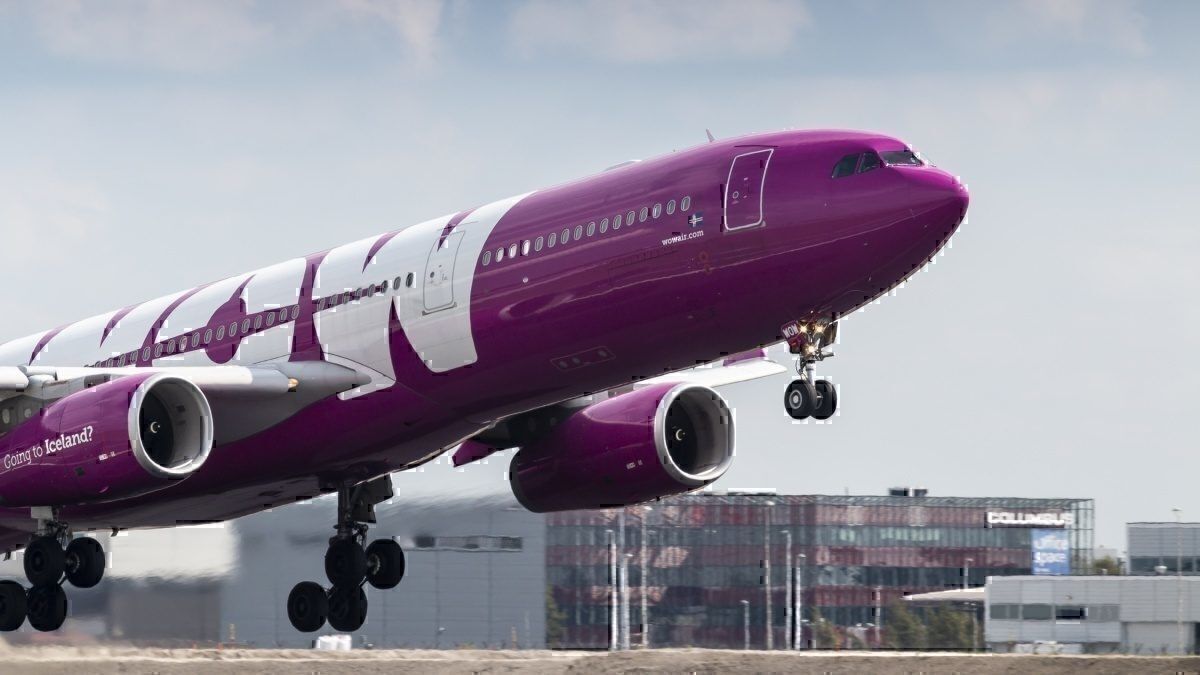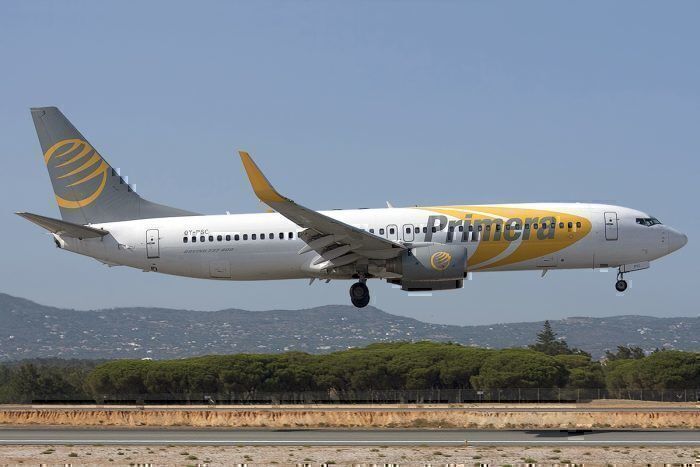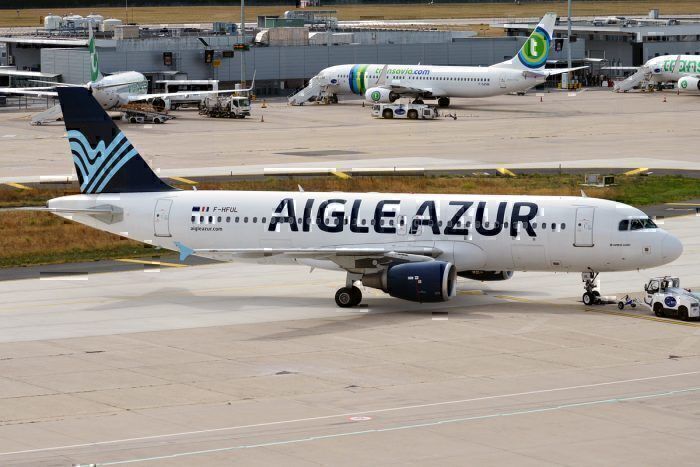Many key commercial airlines have ceased operations over the last 12 months. Along with this, many carriers still operating are struggling to report positive financial results. This downward trend has continued deep into 2019, proving the last year to be a struggle for many airlines.
There are various linked factors that have contributed to the downfall of these companies. With airlines relying on shared resources and operating the same routes as each other, there is greater global economic sensitivity.
Low-cost expansion
Low-cost carriers experienced this impact over the last year with many of these airlines expanding into long-distance routes. Just before Primera Air filed for bankruptcy last autumn, it announced multiple transatlantic routes. Four of these routes were from Frankfurt and three of them were from Madrid.
However, as the airline expanded into larger operations, it became more delicate. New costs had to be considered, along with new competition, pricing strategies and logistical risks. The carrier had to cancel all its flights in Birmingham a few months before its demise due to these operational battles.
Before being swallowed by the consortium of Connect Airways, Flybe had also made a courageous expansion plan. The British firm created a bold strategy that ended in losses of almost £20 million ($25 million).
Fellow European low-cost carrier, WOW Air also went under in the last year. The Icelandic outfit filed for bankruptcy in March, leaving thousands of customers stranded. WOW had been facing financial difficulties for five months, with CEO Skúli Mogensen blaming strict creditors and surging oil prices. This dreary pattern is expected to continue, with intense competition keeping profit margins low while costs of regulation remains high.
Fuel price
Oil price is one of the biggest components when it comes to an airline’s profitability. According to the New York Times, jet fuel accounts for up to 22% of a carrier’s costs. However, the price of jet fuel increased by 50% since the year before.
The high price of oil is still a major player today due to global affairs. This week, oil prices have been at their highest in nearly 30 years following a drone attack on Saudi Arabia’s largest oil plant. This may have a huge impact on the travel industry with aircraft fuel originating from sources such as this.
Travel Agent Central reports that European airlines were impacted by additional costs of $2billion due to a 61% increase in delay minutes due to air traffic control deficiencies. Aigle Azur is one of the latest European airlines to be impacted by these factors. Financial problems lead to a shareholder dispute before the group filed for bankruptcy earlier this month.
Ultimately, these factors have created a tight atmosphere for the aviation industry. The International Air Transport Association (IATA) forecast that the European market will see a $7.4 billion net profit yield in 2019. This is slightly down from a profit of $7.5 billion in 2018.
Global situation
However, it is not just the European industry that has suffered from these issues. Jet Airways suspended all of its flights in April 2019 following months of struggle. The India based airline faced huge losses after owing money to lenders, leasing firms and support services. A quarter of the airline's fleet was also forced to be grounded, adding further difficulties to its $1 billion debt.
Aircraft grounding has played a larger part of the aviation industry’s global problems. The Boeing 737 MAX was officially grounded worldwide in March 2019 following a series of accidents. This has caused airlines around the world to deem 600 of their aircraft inactive. The grounding has created huge operational nightmares for airlines, causing restraints on their operations.
The Federal Aviation Administration (FAA) and Boeing are working around the clock to get these models ready by October. Once these planes are back in action, there may be a positive turnaround for many airline institutions. Although, it will take a long time for the market to see the full positive results from this move.
There is expected to be an increase in global revenue this year. However, the post-tax profits are expected to remain largely the same as last year. Heading into the new decade, airlines will be hoping for greater consistency in cost prices and better support from authorities.



